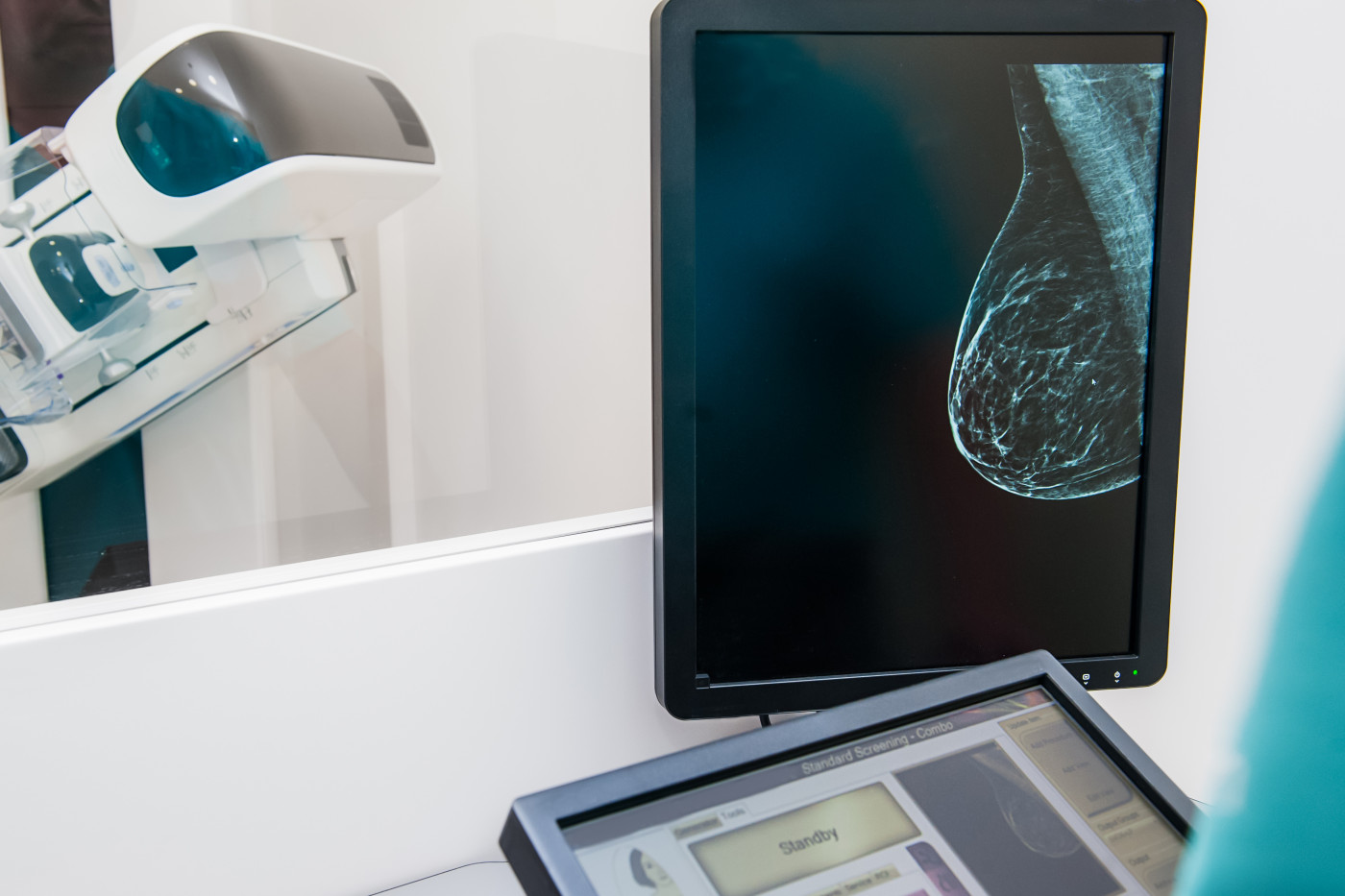Cutaneous Sarcoidosis Linked with Recurrence of Breast Cancer in Case Study

A 49-year-old woman in Australia was simultaneously diagnosed with a rare case of cutaneous sarcoidosis and recurrent metastatic breast cancer, according to a case report.
The study “Concurrent diagnoses of cutaneous sarcoidosis and recurrent metastatic breast cancer: more than a coincidental occurrence?” was published in the journal Case Reports in Dermatological Medicine.
Sarcoidosis has been associated with several other diseases, including autoimmune disorders such as psoriasis, rheumatoid arthritis, thyroid disease, and scleroderma.
Researchers have also connected sarcoidosis to different types of blood cancers, like leukemia and lymphoma. However, a link between sarcoidosis and solid tumors is unusual.
A team of researchers from Sunshine Coast University Hospital, Medlab Pathology and Mater Misercordiae Hospital, in Queensland, detail a rare case of cutaneous sarcoidosis occurring in association with recurrent metastatic breast cancer, an advanced stage in which the tumor has spread beyond the breast to other organs.
The woman was admitted to the hospital with a two-month history of asymptomatic lesions on the left knee. She had been diagnosed with breast cancer four years earlier, and treated with surgery and adjuvant chemo- and radiotherapy, achieving cancer remission.
She had no family history of autoimmune conditions, and showed no pulmonary or systemic symptoms.
After a routine full skin examination, physicians found numerous erythematous-to-brown, non-tender papules (small pimples or swollen areas) on her knee and right foot. No skin lesions suspicious for cancer were found.
Dermoscopy analysis, or looking at the skin under the microscope, showed orange and yellow translucent globules, signs frequently found in cutaneous sarcoidosis.
Skin biopsy showed multiple, variably sized sarcoidosis granulomas (clumps of immune cells) spread throughout the dermis — the thick tissue layer just below the epidermis. Laboratory tests were within normal limits, except chest radiography, which showed enlarged lymph nodes in the lungs, and elevated levels of angiotensin-converting enzyme, which confirmed the diagnosis of sarcoidosis.
Heart MRI and PET-CT, a type of tomography, excluded systemic sarcoidosis, restricting the disease to the skin. PET-CT analysis showed a lesion in the T10 vertebra, which a subsequent biopsy showed to be recurrent and metastatic breast cancer.
The woman was sent to an oncologist to treat the cancer with radiation and chemotherapy, after which the cutaneous sarcoidosis lesions disappeared.
Researchers hypothesized that “the cutaneous sarcoidosis most likely occurred around the same time the patient’s breast cancer recurrence was diagnosed,” they wrote.
A question is then raised: was this an incidental finding, or did dysregulation of the immune system — mediated by either sarcoidosis or breast cancer — led to tumor recurrence or granuloma appearance?
The researchers team had no definitive answer for this question. However, the complete resolution of cutaneous sarcoidosis lesions following metastatic breast cancer treatment strengthens the correlation between the two conditions.
“Recognition by physicians of this link between sarcoidosis and internal malignancy [cancer] is vital because many cases of sarcoidosis in association with neoplasia [tumor]” initially, and perhaps only, seen with “cutaneous sarcoidal lesions … may precede the development of cancer by several years or as in our case, present as a cutaneous marker of concomitant underlying malignancy,” the researchers wrote.
Based on their findings, they suggested that “patients diagnosed with cutaneous sarcoidosis should be closely followed up, particularly including age-appropriate cancer screening to exclude the development of associated malignancy.”






